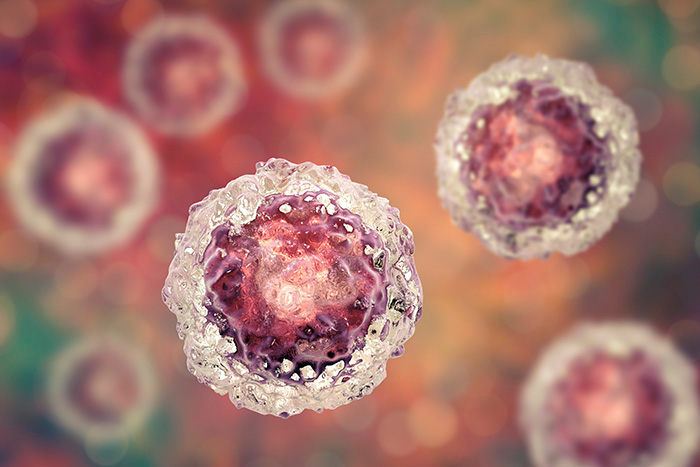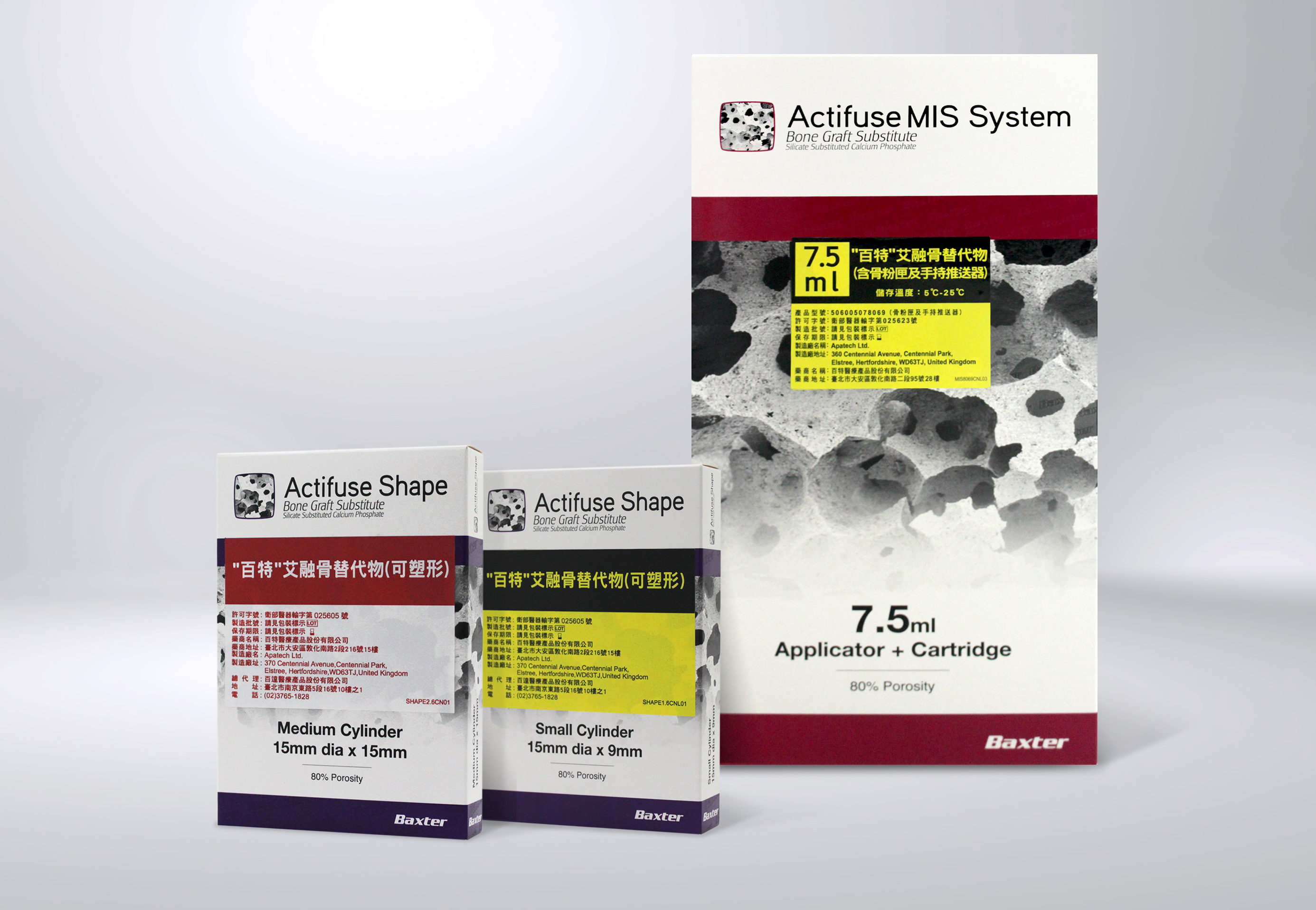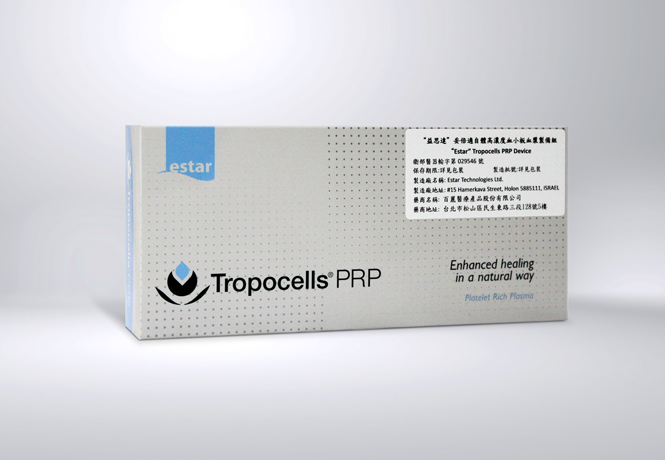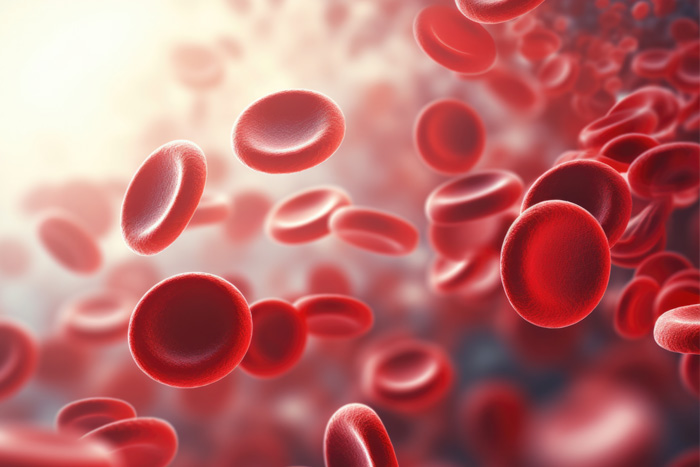Regenerative Medicine
Aging, illness, or trauma often lead to the deterioration of organs or tissues. Advancements in regenerative medicine have ushered in a new era of synthetic bone graft substitutes, which can be used when bones have been compromised by surgery or trauma. These substitutes not only provide a framework for bone growth but also stimulate protein aggregation and growth factor accumulation, which in turn induce osteoblast proliferation and differentiation1 and promote bone regeneration. Given the popularity of autograft platelet-rich plasma (PRP) therapy, multiple growth factors have been used for tissue regeneration in the field of regenerative medicine.2
1. J Bone Joint Surg Am. 2011 Dec 7;93(23):2219-26. 2. Wound Care 2020 Jan 2;29(1):36-41.
1. J Bone Joint Surg Am. 2011 Dec 7;93(23):2219-26. 2. Wound Care 2020 Jan 2;29(1):36-41.






